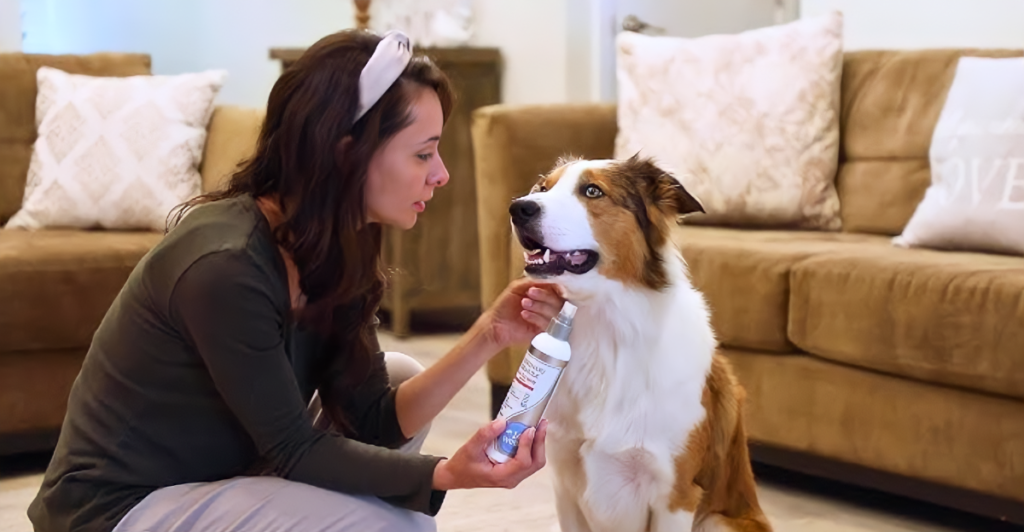
It is common practice to protect our pets from parasites with flea and tick treatments. However, new research has shown a concerning side effect: these treatments harm the environment and wildlife. Toxic chemicals from popular flea treatments have been found in birds’ nests in the UK, endangering bird populations. This issue calls for the responsible use of veterinary treatments and their impact on ecosystems.
The Problem of Toxic Materials
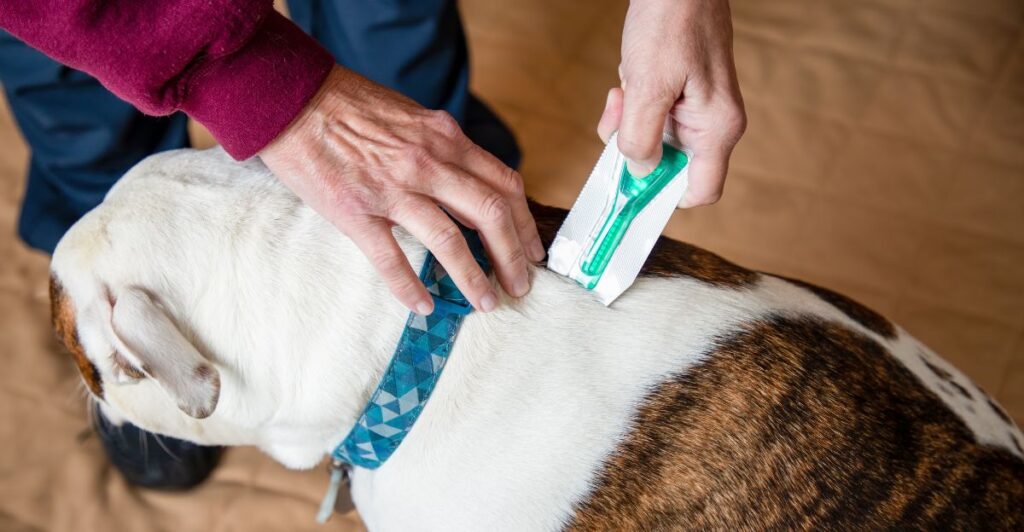
Toxic chemicals used in flea and tick treatments, such as fipronil and imidacloprid, have been detected in birds’ nests across the UK. These substances are known to be harmful to aquatic insects and have broader environmental implications for species that depend on these insects for food. The detection of these compounds in bird nests indicates a direct exposure risk through skin contact, which may have catastrophic effects on bird health.
How Chemicals Reach Bird Nests
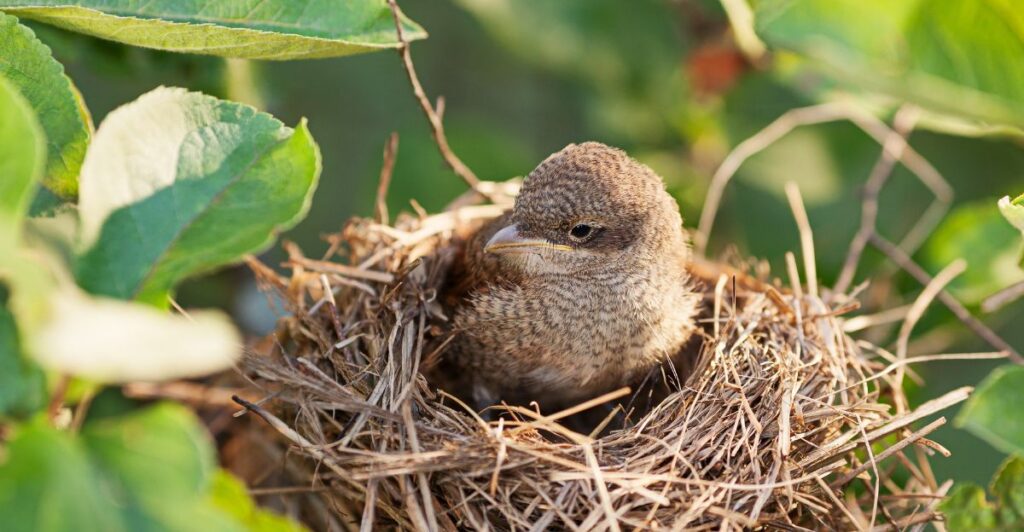
Birds often line their nests with soft materials like fur to keep eggs and chicks warm. Many pet owners and wildlife enthusiasts put out bundles of brushed pet fur for birds to collect for their nests. However, most pets receive regular flea treatments, making this well-meaning act an unintended exposure to toxic chemicals for birds. Because these kinds of treatments are so widely used, most nests are likely to contain residues of these toxic materials.
Common Insecticides in Flea Treatments
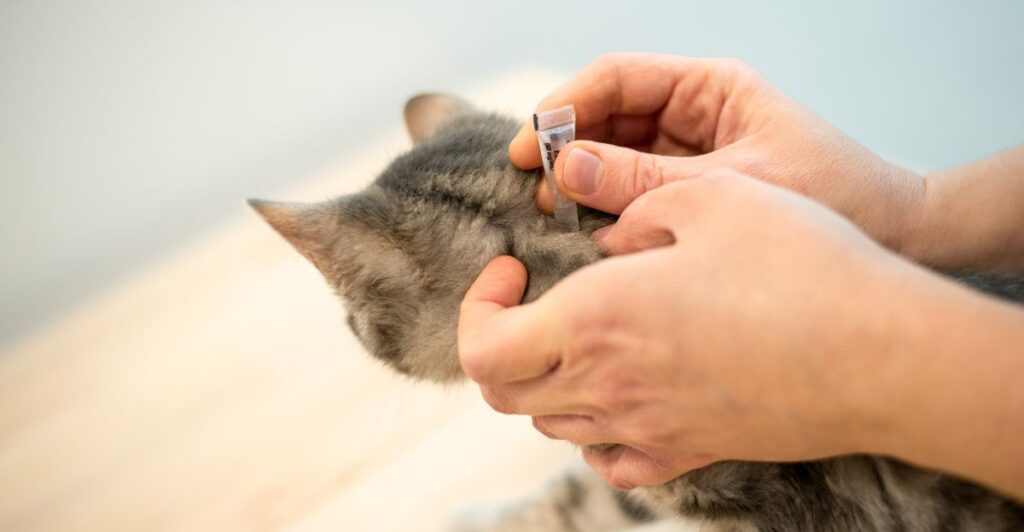
Flea treatments contain some of the most common insecticides: fipronil, imidacloprid, and permethrin. These chemicals are banned for agricultural use in the EU due to their harmful effects on wildlife but are widely used in veterinary medicine. They are found in almost all English rivers and now in bird nests, indicating an urgent need for a thorough environmental risk assessment.
Impact on Bird Populations
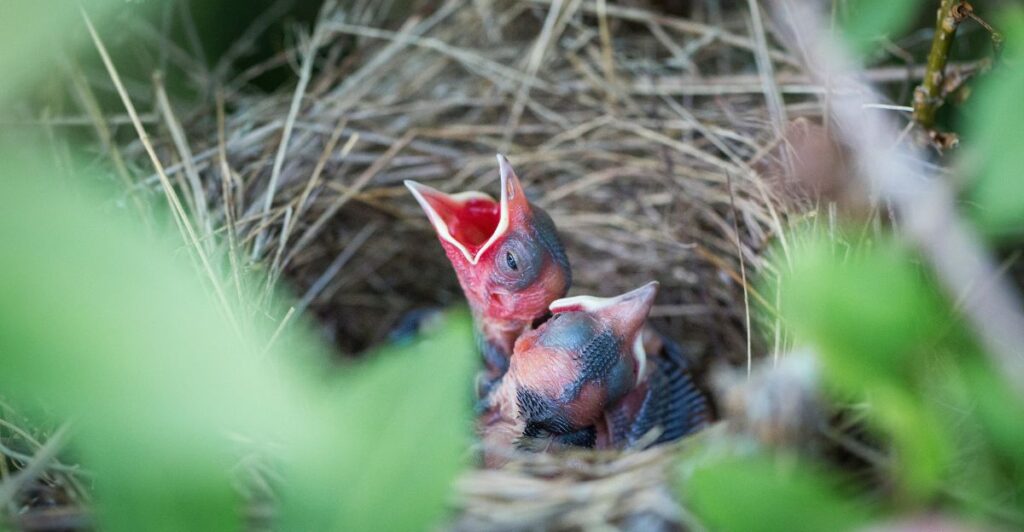
These insecticides have been shown to damage the nervous and reproductive systems of birds, thus threatening their overall health. The presence of these chemicals in nests indicates potential exposure to eggs and chicks throughout the breeding season, which could result in increased mortality rates among nestlings. This exposure is particularly concerning during critical developmental stages.
Banned On Farms, Used in Homes

The ban on these chemicals for agricultural use, though they continue to be used in homes, showcases a regulatory gap. While they are recognized as harmful to wildlife in agricultural settings, their impact on veterinary applications has received little attention. This discrepancy highlights the need for more comprehensive regulations to protect wildlife.
Environmental Risk Assessment
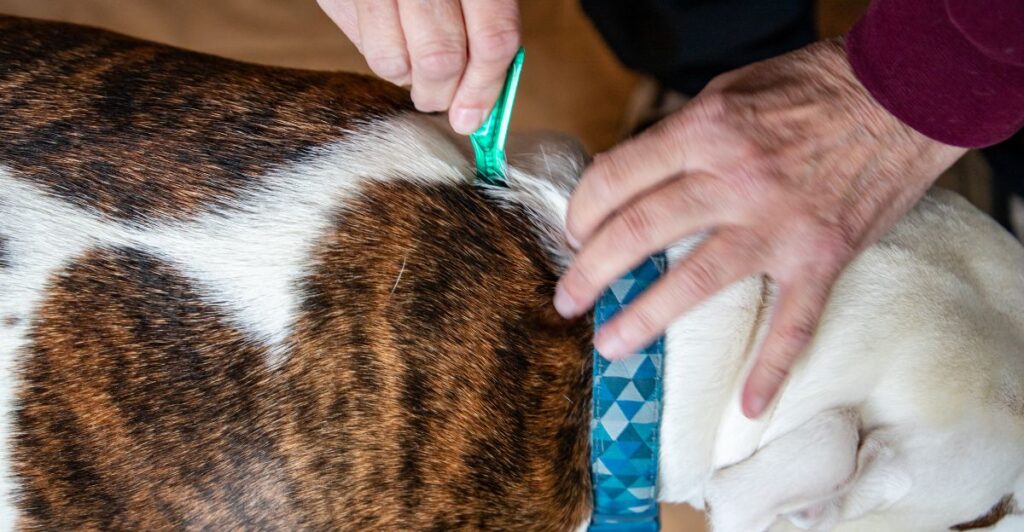
Scientists and conservation groups are calling on the UK government to conduct a more thorough environmental risk assessment of veterinary treatments. This assessment would help to identify the overall scale of the risks from these chemicals and inform strategies to minimize their effects. Public awareness is also crucial in addressing this issue.
Public Awareness and Action

Most pet owners do not know that flea treatments can negatively affect the environment. Raising awareness of the risks can lead to small changes in behavior that could greatly reduce harm to wildlife. For example, using flea treatments only at times when they are most needed can reduce exposure.
Alternative Treatment Options

If fleas do become a problem, it might be best to use tablets rather than topical treatments to minimize the chemical exposure risk for birds. Moreover, tablets do not come into direct contact with the skin and are less likely to contaminate waterways when pets swim or are bathed. However, they are still capable of contaminating soil through excretion, emphasizing the need for comprehensive risk assessment.
Responsible Nesting Material
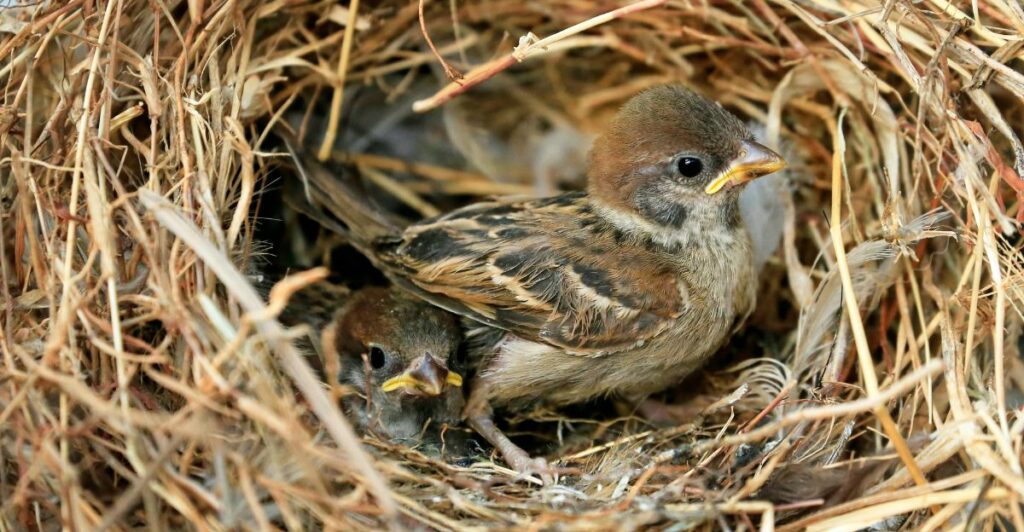
For pet owners who are interested in helping the birds, nesting material can still be provided this winter by saving fur from untreated pets and making it available in spring. This keeps birds safe and prevents them from being exposed to dangerous chemicals.
Previous Studies and Findings
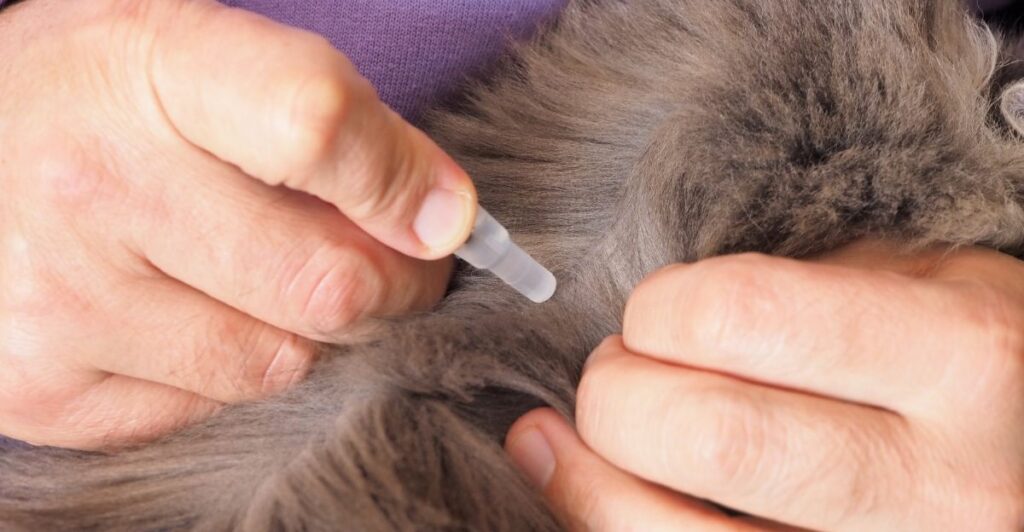
A previous study conducted in the Netherlands found similar contamination of bird nests by insecticides from flea treatments. The UK study adds to this evidence, highlighting a broader problem that needs to be addressed internationally. These findings add to a growing body of evidence on the impact of pesticides on the environment.
Conservation Efforts
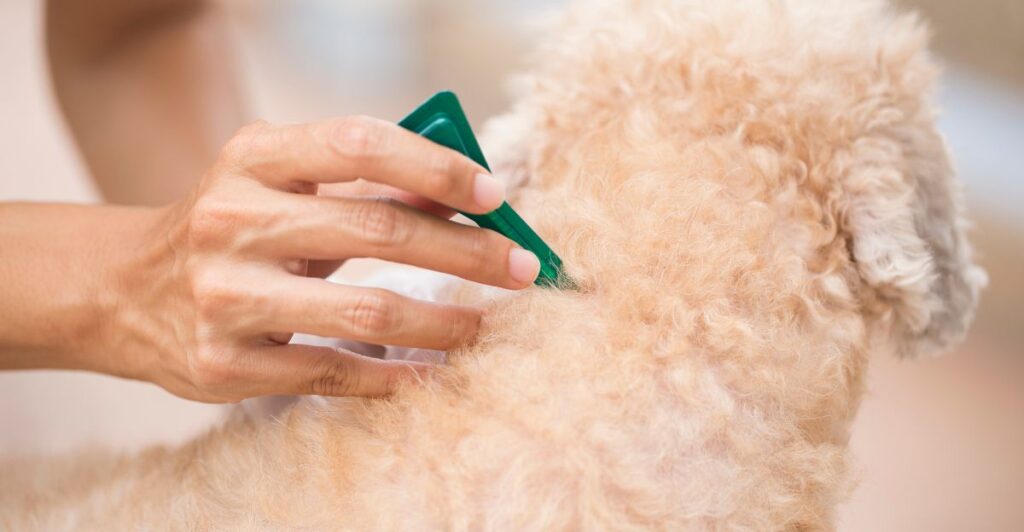
Scientists and conservation groups have collaborated to address the issue. This will protect wildlife and ensure the health of pets by promoting responsible use of flea treatments and advocating for stricter regulations. This joint effort is key to reducing the harm that these chemicals can cause to our environment.
Spreading Awareness
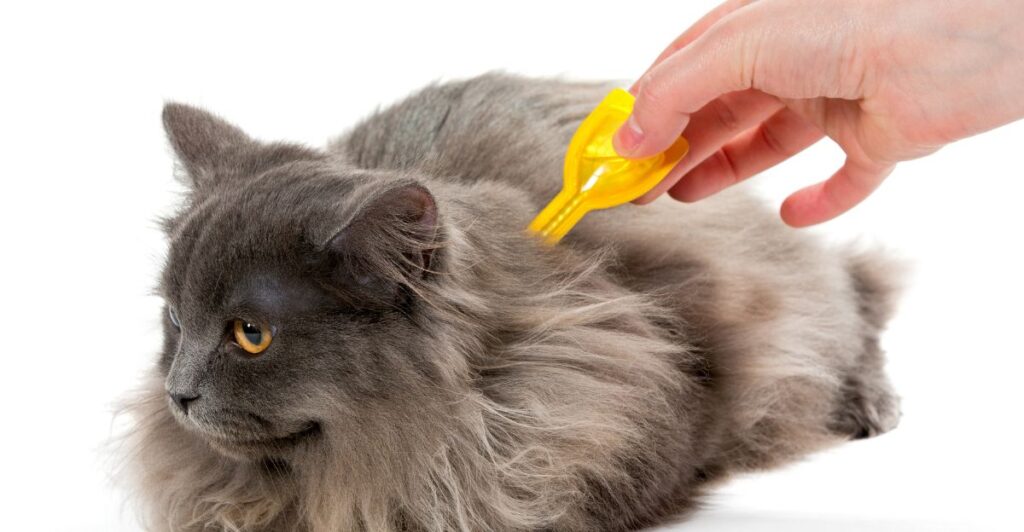
The discovery of harmful substances from flea treatments in bird nests highlights the urgent need to adopt a more sustainable approach to pet care. By understanding the dangers associated with these treatments and adopting alternative practices, pet owners can help keep pets and the environment safer. As awareness grows, policymakers, scientists, and the public can work together to ensure veterinary treatments don’t endanger wildlife.
Discover more of our trending stories and follow us to keep them in your feed

Bobcats Are Making a Comeback—And They Might Be Protecting Us From Disease
Climate Change Overestimated? New Data Shows Oceans Are Cooling The Planet Faster Than Predicted
Meet the Massive Crocodiles That Make Their Homes 40 Feet Underground
Philanthropist Promises To Cover $771.23M Annually After US Exit From Climate Accords
References:
Reference 1
Reference 2
Reference 3
This article first appeared here
Stay connected with us for more stories like this! Follow us to get the latest updates or hit the Follow button at the top of this article, and let us know what you think by leaving your feedback below. We’d love to hear from you!







